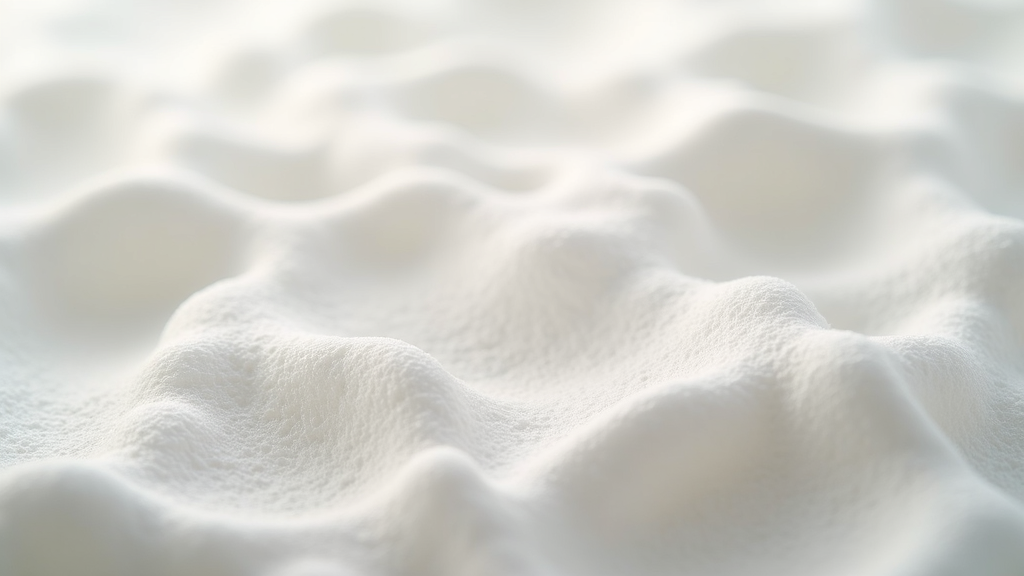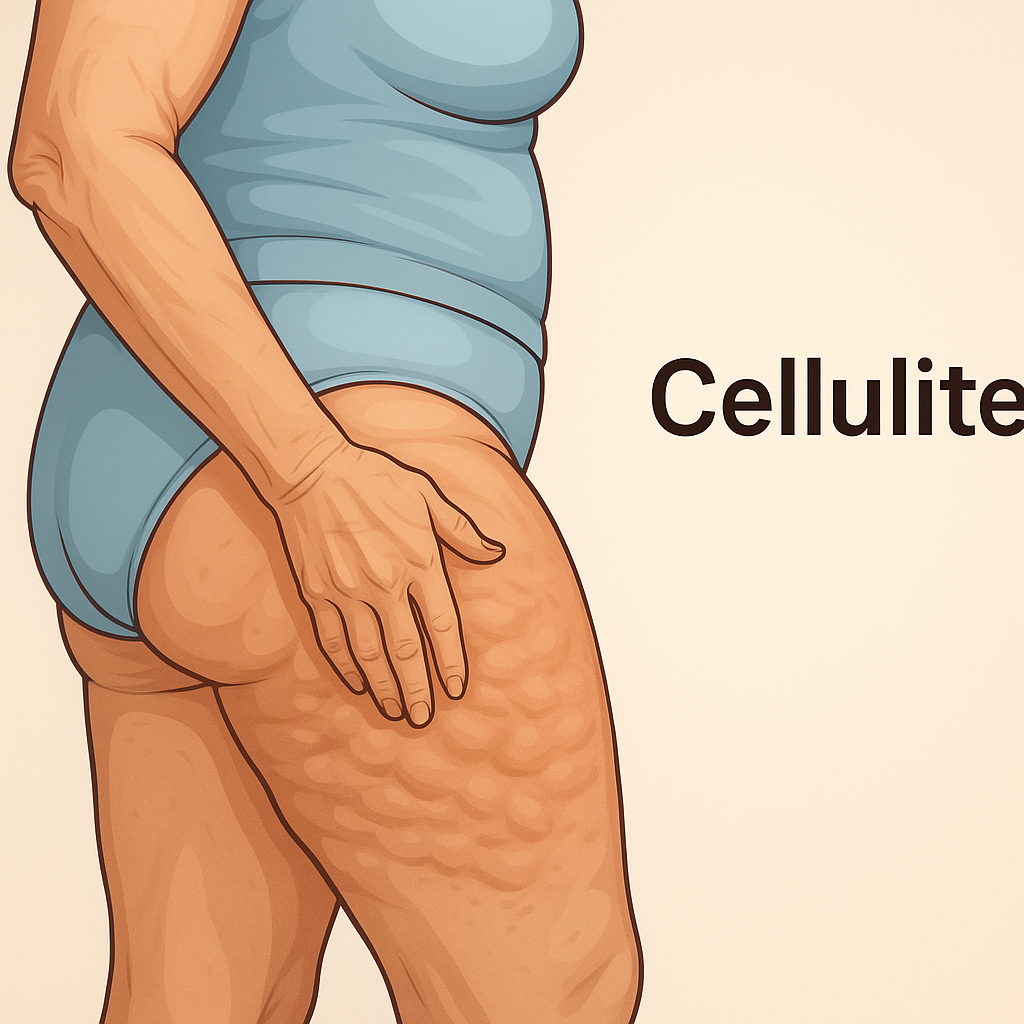Cellulite And Age is a topic that sparks opinions in almost everyone, especially when the years start rolling by. Many women notice those familiar dimples appearing in their 20s or 30s and, often, they stick around. But age is not the only factor at play. Your body’s response to exercise-based solutions for cellulite can switch up as you move through different decades. In this guide, I’ll break down how cellulite transforms as you age, why specific exercises such as Joey Atlas’s Symulast routines really work, and how you can tailor your fitness strategy for every stage of adult life, whether you’re in your 30s or your 70s.

Why Cellulite Develops and Age’s Role Related to Cellulite And Age
Cellulite forms when fat underneath the skin pushes up against connective tissues, giving that bumpy, puckered look. It’s completely harmless and incredibly common. Aging brings on several switches: skin becomes thinner, the structure of connective tissue changes, and there tends to be more body fat around hips and thighs. Hormonal fluctuations, genetics, and lifestyles explain why two people of the same age might look very different.
Here’s the reality: You can’t permanently erase cellulite, but you can certainly make it much less noticeable, especially with a targeted exercise plan. The approach you choose is highly influenced by your age and what’s shifting under your skin during each period of adulthood.
How Cellulite Shifts Through the Decades
The appearance of cellulite and your body’s responsiveness to workouts are different at each age. Take a look at what typically happens over time:
- 20s and Early 30s: Skin tends to be thick, collagen levels remain high, and bodies generally recover rapidly after exercise. Hormonal changes from birth control, pregnancy, or cycles can affect things, but targeted exercise often gives faster, visible results. Cellulite here is usually mild but may still hang on stubbornly.
- Late 30s and 40s: Hormones shift, meaning cellulite might develop even if it was not much of an issue before. The skin loses some firmness, metabolism drops slightly, and muscle mass decreases especially if strength work is lacking. This is when basic cardio doesn’t cut it and you need workouts targeting muscle.
- 50s, 60s, and Beyond: Menopause affects fat distribution, skin thickness, and estrogen, all making cellulite more visible. Connective tissue can weaken and skin elasticity declines. Muscle building or maintenance via tailored exercises can make a big impact now, though progress might be slower.
So if you feel your body is switching things up with each decade, you’re spot on. Every era needs its own approach.
How Exercise Gives Cellulite a Boost at Every Age
Exercise doesn’t “melt” cellulite away, but it can definitely help your skin look firmer and smoother by affecting muscle, fat, and connective tissue in powerful ways. Here’s why exercise makes a difference through the years:
- Builds lean muscle: Firm muscles underneath mean your thighs and butt get a smoother, tighter look.
- Improves circulation: Certain moves help flush excess fluid and reduce puffiness, giving an overall toned appearance.
- Keeps connective tissues strong: Muscle contraction supports the network of fibers beneath the skin, so dimples appear less pronounced.
After seeing results firsthand, I can say that regular cardio isn’t enough for targeting cellulite. Focused plans like Joey Atlas’s Symulast routines put resistance and active muscle engagement front and center, hitting hotspots for cellulite. Check out a detailed review of these moves at this link if you want step-by-step guidance.
Age-Based Exercise Approaches That Work
30s: Build a Powerful Foundation
This is your best shot at both preventing new dimples and smoothing out anything early. Those in their 30s often see initial cellulite on hips, thighs, or butt, but regular, targeted movement can soften it.
- Zero in on strength: Squats, lunges, bridges, and side leg lifts get the job done.
- Combine with dynamic cardio: Stairs, uphill walks, or dance sessions boost blood flow without exhausting your muscles.
- Pilates and yoga: These keep muscle fibers long and springy while firing up stabilizers.
If you’re just getting started, three solid workout days per week sets you up for changes. As you get comfortable, challenge yourself with extra reps or new moves. In your 30s, positive shifts are often visible sooner.
40s: Blend Resistance With Recovery
Cellulite usually stands out more with hormonal flips in the 40s, so strength work is a must. I’ve seen big changes when women here add stability exercises and pay more attention to flexibility training.
- Use resistance bands or manageable weights: These ramp up intensity but stay gentle on joints.
- Activate muscles with targeted moves: Glute bridges with pulses, or resistance band steps, really fire up forgotten muscles.
- Stretch and mobilize: Makes a real difference for keeping skin supple and steering clear of injury.
For the 40s, aim for two to three sessions of lower body strength each week plus one (or more) active stretching day. That’s plenty to keep progress rolling.
50s and 60s: Adapt and Stay Consistent
As menopause arrives, cellulite can be more pronounced. Muscle loss speeds up, and skin gets thinner. Consistent strength work with the right modifications brings the best results now.
- Choose low-impact, high rep routines: Standing leg lifts, Pilates mat work, ankle weight moves deliver results while respecting your joints.
- Emphasize core and posture: Proper alignment keeps everything lifted and supported.
- Prioritize rest and recovery: Older muscles need more downtime to stay at their best.
If resistance training is new for you, start simple—seated leg extensions or water-based workouts count and boost circulation.
70s and Up: Gentle Moves, Steady Progress
Mobility, balance, and joint health become top priorities. Regular but moderate movement supports both muscle and skin even if workout intensity drops.
- Try chair-based or floor routines: Moves like chair squats, toe taps, or gentle standing curls target key spots safely.
- Don’t skip stretching: Flexibility work helps maintain healthy movement and protects against stiffness.
- Daily walking or water-based classes: Smooth the way for circulation and toning, while being very gentle on joints.
Specific Tips for Older Adults
Older relatives and plenty of my training clients always ask how to adjust workouts when joints get cranky or flexibility’s on the decline. Here are some reliable tips:
- Use props for balance: A sturdy chair or countertop is great for extra support. This way, moves like side leg raises or mini lunges are much safer.
- Keep workouts short but focused: Ten to fifteen minutes of targeted lower body moves, done several times a week, is manageable and gives results.
- Ramp up slowly: Only add weights or extra reps when you feel totally steady.
- Rest is vital: Don’t ignore recovery—your body thrives on it as you age.
Anyone with health issues or joint limitations should always check in with their medical team before switching routines. Steady, gentle improvements go a long way.
Challenges and Workarounds Through the Years
Like any fitness goal, you’ll hit snags. Here’s what I hear most (plus fixes that honestly help):
- Sore Joints or Stiffness: Warm up gently and cool down carefully; opt for water aerobics or use lighter resistance with extra reps.
- Hitting a plateau: Every few weeks, toss in new exercises or equipment. Your body loves a little variety.
- Motivation dips: Team up with a friend, join classes, or track your own progress with photos or a journal.
- No time for long workouts: Break your session into quick, ten-minute blocks through the day—every bit counts.
Remember, there’s no such thing as the “perfect” cellulite workout. Sticking with it and keeping things interesting is what actually brings change.
What to Prioritize in a Cellulite Workout (Besides Age)
Top routines for minimizing cellulite blend these aspects:
- Engage muscles, don’t just do cardio: Kicks, clamshells, and controlled step-ups tackle those high-cellulite zones best.
- Progress gradually: Bump up repetitions, resistance, or add a brand-new move as you improve.
- Use full motion: Always aim for joint mobility and flexibility to keep skin smooth.
For a solid jumpstart, try Joey Atlas’ Symulast system—it zeroes in on the problem spots with the right moves. New routines should be given at least eight to twelve weeks before you mix things up again.
Real-Life Stories: Age-Adapted Results
I have seen lots of women—from millennials right up to grandmothers—get visible changes by matching techniques to their needs. Here are a few highlights:
- Emily, 34: By getting into targeted leg and glute sessions, she saw smoother skin in just five weeks, add in HIIT for faster outcomes.
- Tania, 49: When she consistently used resistance bands and worked stretching into her week, her thighs looked firmer and her knees felt less achy.
- Linda, 62: Gentle water workouts and chair-based moves worked wonders. She felt differences in only six weeks—consistency was the ticket.
Results will always be unique to each person and age group, but positive changes are within everyone’s reach. Keeping realistic expectations fuels motivation all through your health adventure.
Frequently Asked Questions
Question: Is exercise alone enough to improve cellulite?
Answer: Exercise can do a lot to smooth your skin, but factors like hydration, food choices, and genetics matter too. For most, exercise brings the most lasting, significant changes, especially when teamed with healthy daily habits.
Question: How long until I notice some improvement from targeted exercise?
Answer: Most people feel their skin firming up between four and eight weeks. For bigger improvements, give it at least three months of steady effort. Results may come slower as you age, but each workout is a win.
Question: Can older adults still see real results?
Answer: Definitely. Getting older doesn’t shut down your progress. Adapted routines still grow muscle and boost circulation, toning down cellulite’s impact. Patience and small modifications make a huge difference.
Question: Are special creams or massage gadgets worth trying?
Answer: Creams and gadgets may plump your skin or boost blood flow for a short while. For lasting changes, exercise and a balanced lifestyle are your strongest allies.
Take Steps Toward Your Own Cellulite Solution
As we age, our bodies keep changing, but you absolutely have power over the way your skin looks and feels at every step. Smart exercise that matches your stage and abilities can do wonders. If you want serious routines that thousands of women rave about, consider checking Joey Atlas’s Symulast moves. Read all about them at this review.
It’s the small, consistent actions that deliver the biggest results, no matter how many candles are on your cake. Here’s to staying strong and confident at every age!

Leave a Reply